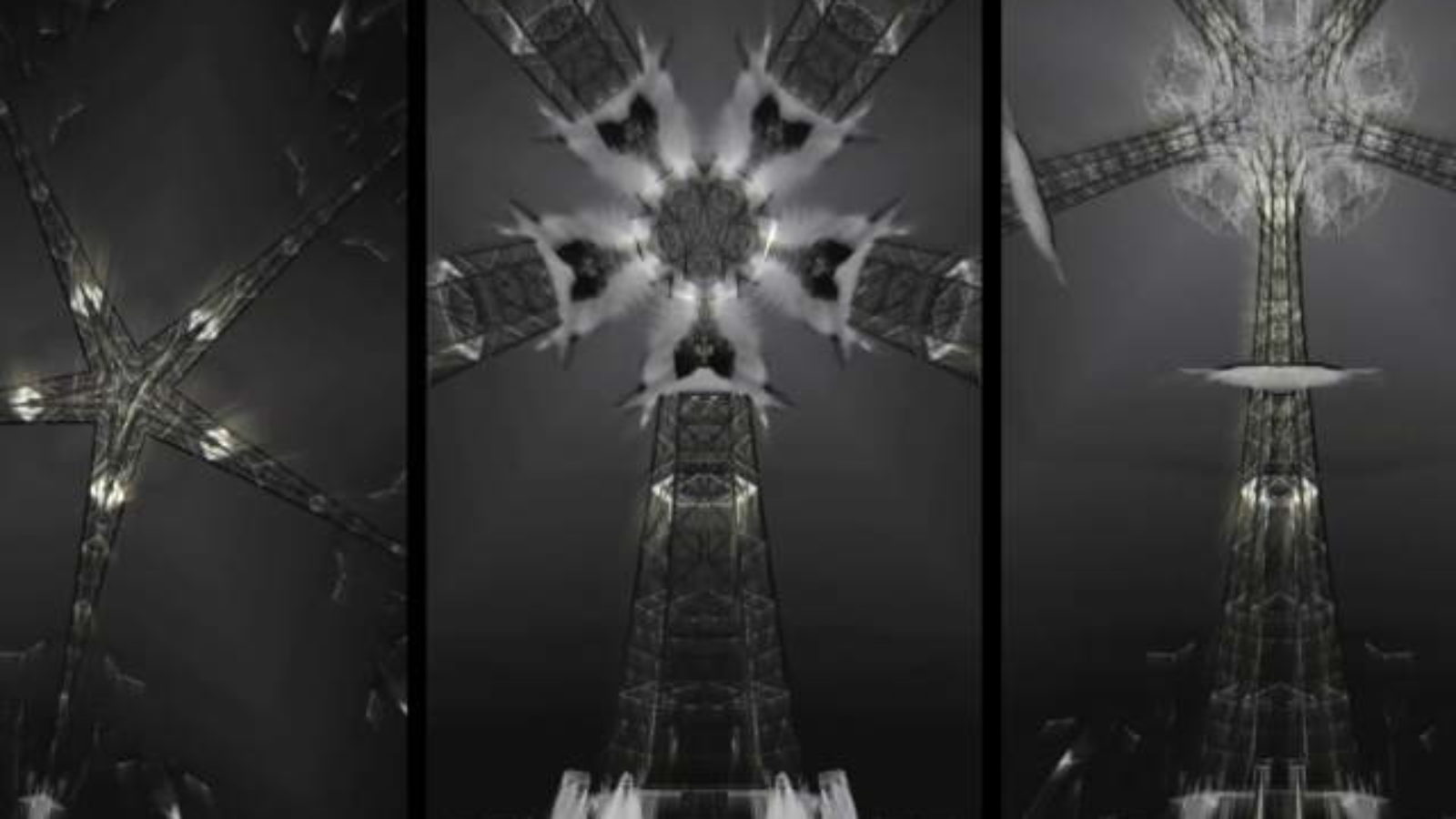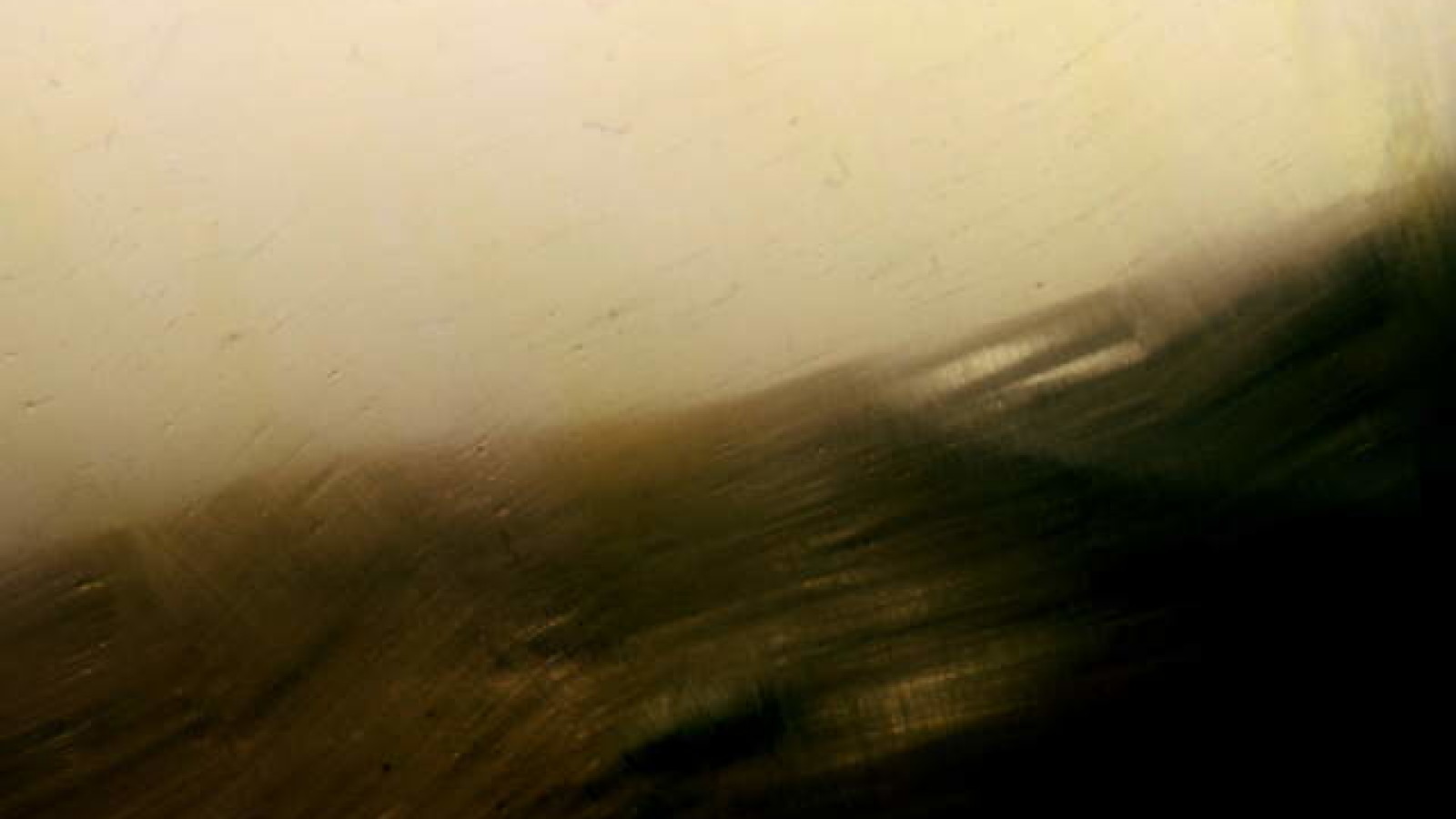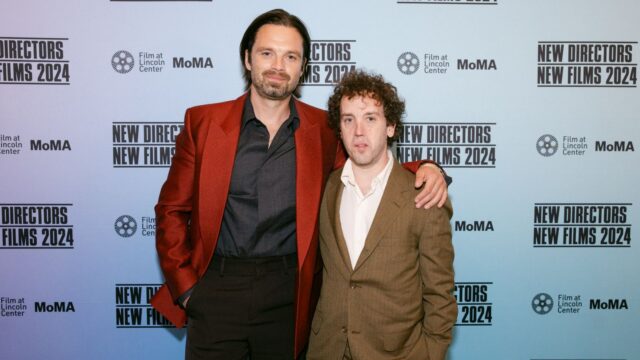Program 15: Voices perish (coloring the darkening glow)
Strawberries in the Summertime. Jennifer Reeves, USA, 2013, 15min.
Luna (Snow). Leslie Thornton, USA, 2013, 2:21min.
Onomatopoeic Alphabet. Aura Satz, UK, 2010, 7min.
Doorway for Nathalie Kalmus, Aura Satz, UK, 2013, 9min.
Paisaje-Duración Trigal (Duration Landscape Cornfield), Lois Patiño, Spain, 2010, 2:57min.
Psalm IV: Valley of the Shadow. Phil Solomon, USA, 2013, 7:31min.
All or Nothing. Fred Worden, USA, 2013, 8min.
Half Life. April Simmons, USA, 2013, 6:04min.
Luna (Heaven). Leslie Thornton, USA, 2013, 12min.
Remanence IV. Josh Bonnetta, USA, 2013, 54sec.
Bedtime Story. Esther Shatavsky, USA (35mm), 1981, 5.5 min (35mm, blown-up from 16mm; Preserved by Anthology Film Archives in 2013 with support from the National Film Preservation Foundation and the Andy Warhol Foundation for the Visual Arts)
Weissfilm. Wilhelm and Birgit Hein, Germany, 1977, 5min.
“Splice 181 to Splice 243 of Spicefilm, 2013, Homage to Birgit and Wilhelm Hein's Weissfilm, 1977” Florian Zeyfang, Germany, 2013, 5min.
Creme 21. Eve Heller, Austria, 2013, 11 min.
Ten Notes on A Summer Day. Mike Stoltz, USA, 2012, 4.5min.
The Sea Seeks Its Own Level. Erin Espelie, USA, 2013, 5:04min.
NOTE: Philosophers Walk on the Sublime (Leslie Thornton, USA, 2013, 12m) will only be included on repeat program on Oct 5 11:30am
Doorway for Nathalie Kalmus, Aura Satz, UK, 2013, 9min.
It's a film centred around the use of colour in moving image technology, exploring the disorienting technicolour prismatic effects of the lamp house of a 35mm colour film printer. Through minute shifts across an abstract colour spectrum, punctuated by a mechanical soundtrack, the film evokes kaleidoscopic perceptual after-images (bringing to mind Paul Sharits, Dario Argento and The Wizard of Oz). Natalie Kalmus was the ex-wife of technicolour inventor Herbert Kalmus, and was the colour consultant for hundreds of colour films, including The Wizard of Oz, Gone with the Wind, The Red Shoes, Black Narcissus and many more. She would draw up colour scores for each film, according to her theories of “Colour Consciousness”. She also authored a short article entitled “Doorway onto another world”, in which she described her sister’s deathbed experience of seeing deceased family members.
All or Nothing. Fred Worden, USA, 2013, 8min.
When it comes to motion pictures, I’ve always been a lot more interested in the motion than the pictures. Images, in fact, have always been for me primarily a medium through which motion (or energy) can manifest. In All or Nothing abstract images are made dynamic by an infusion of energy imposed by me from outside. I’m tempted to describe this as a conversion of biological energy (mine) into cinematic energy. The individual frames collide and new things appear. It’s almost like a jerry-rigged, homemade version of the Large Hadron Collider. On the web page for the Large Hadron Collider it describes the Hadron Collider’s mission as “tunneling to the beginning of time.” A no-nonsense mission, I’d say. The mission of All or Nothing might also be described as a kind of tunneling, but for the life of me, I can’t say exactly where its tunneling to.
Weissfilm. Wilhelm and Brigit Hein, Germany, 1977, 5min.
With Weissfilm (White Film) the Heins ended a ten-year period of producing structural films: works that drew attention to the mediating presence and function of the film material itself. This comparatively short film consists of strips of transparent and semi-transparent film leader, which are roughly spliced together.
There is no negative; the film only exists in this one original print. Neither copies on film or video, nor a conversion into a digital format were ever made. With each screening that adds dust and scratches to the material, Weissfilm changes its entity (Florian Wuest)
“Splice 181 to Splice 243 of Spicefilm, 2013, Homage to Birgit and Wilhelm Hein's Weissfilm, 1977″ Florian Zeyfang, Germany, 2013, 5min.
Splicefilm (2013) is symptomatic of the shift from film material to the digital, of employing retrospect and delay. For Splicefilm consists of photographs taken from Birgit and Wilhelm Hein’s Weissfilm (1977), cut by cut, including perforation and framed through the background. Weissfilm was the last material film by the Hein’s and it consists of numerous snippets of 16mm material that is white or black or partially exposed, but never exposed. In addition, the film constantly tears and collects dust and scratches. Weissfilm has never been digitized and there is only one copy. The “homage” is much slower, ten times as long as the original, which is about five minutes. In Splicefilm, one only sees the cuts and not the material in between. The film is deliberately shown in a typical digital format, HD 16:9 and the landscape format additionally highlights the cuts. The sound is developed from the original, where the optical sound recorder receives its signals from all kind of things, but not from a sound track.
Splicefilm is not a digitization of the original but a translation, a retrospect. One could recognize in it, with Laura Mulvey, the possibility of a dialectical reading, and parallel narratives arise. It starts with the entirely different way of viewing: the length of the video and the impression of a zoom – even if we are still in fact watching 16mm film material. One immediately discerns how colorful so-called White Film is. But the story time of this non-narrative is perforated by the image time of these anti-images, by means of single frames and delay. This “delayed cinema” may achieve what Weissfilm once did in 1977, namely, the images themselves take on a dimension “potentially able to challenge patterns of time”, through a contemporary, formal-political response to the digital image and its consequences based on this retrospective view to an avant-garde film.
Ten Notes on A Summer. Day Mike Stoltz, USA, 2012, 4.5min.
We could be anywhere, but we’re right here, humming along.
The Sea Seeks Its Own Level. Erin Espelie, USA, 2013, 5:04min.The snotgreen, scrotum-tightening sea.
An empty bay: history is to blame, unhating.
They are coming, waves, white-maned seahorses, wind brindled.
Drowning they say is the pleasantest. See your whole life in a flash.
Salt green death, spiked and winding cold seahorn, music everywhere.
No, that's noise.
It's darker now, bits of plastic on the strand and slippy seaweed.
Elk and yak, the bulls of Bashan and of Babylon, mammoth and mastodon,
come trooping to the sunken sea, Lacus Mortis.
Birds of prey, winging from the sea, rising from marsh lands, swooping from aeries, peregrines,
merlin, blackgrouse, sea eagles, gulls, albatrosses, barnacle geese.
The midnight sun is darkened. The earth convulses in all its glory,
a metamorphosis from infancy through maturity to decay*.-E.E.
*Cumulatively the world's oceans have risen eight inches since James Joyce wrote Ulysses, as well as increased in temperature and acidity.”
Philosophers Walk on the Sublime. Leslie Thornton, USA, 2013, 12min.
October 3 at 3:00pm (FBT)
October 5 at 11:30am (FBT)








